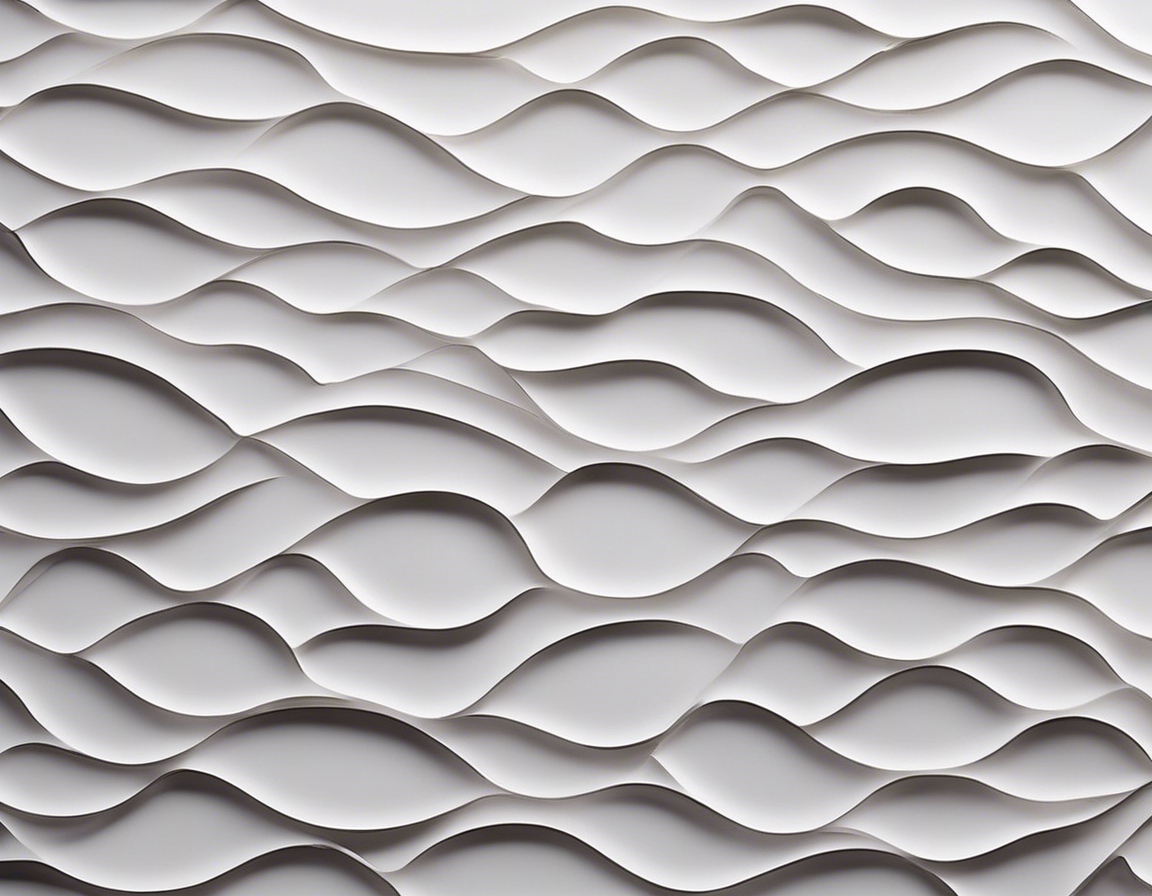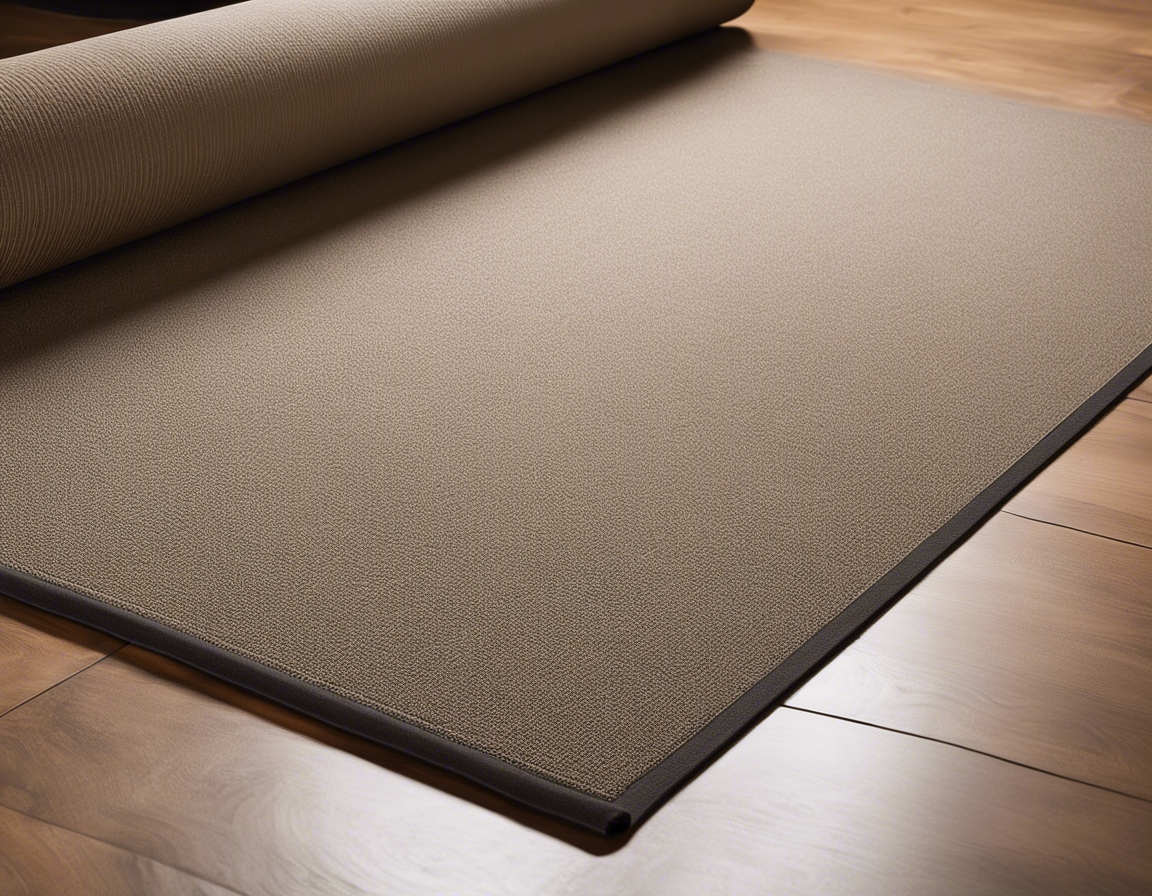The future of construction: eco-friendly finishing materials
As the construction industry evolves, there is a growing emphasis on sustainability and environmental responsibility. Eco-friendly finishing materials are at the forefront of this transformation, offering a way to complete buildings that are not only aesthetically pleasing but also kind to our planet.
Eco-friendly materials are those that have a reduced impact on the environment during their lifecycle, from production to disposal. These materials are typically sourced from sustainable resources, have a low carbon footprint, and are recyclable or biodegradable.
The construction sector has a significant environmental footprint, contributing to resource depletion, waste, and pollution. By integrating eco-friendly finishing materials, the industry can mitigate these impacts and move towards a more sustainable future.
Emerging Trends in Eco-Friendly Finishing Materials
Recycled materials are becoming increasingly popular in construction finishes. From reclaimed wood to recycled glass and plastic, these materials reduce waste and offer unique aesthetic qualities.
Natural materials such as bamboo, cork, and linoleum are renewable and offer a sustainable alternative to traditional finishes. They also contribute to healthier indoor air quality.
Finishes with low volatile organic compounds (VOCs) and non-toxic ingredients are essential for creating healthier indoor environments. They reduce the risk of health issues associated with traditional finishes.
Manufacturers are adopting energy-efficient processes to reduce the carbon footprint of their products. This includes using renewable energy sources and minimizing waste during production.
Benefits of Using Eco-Friendly Finishing Materials
Using eco-friendly materials significantly lowers the environmental impact of construction projects by reducing waste, conserving natural resources, and minimizing pollution.
Materials that are free from harmful chemicals contribute to a safer construction environment and healthier living spaces for occupants.
While the initial investment may be higher, eco-friendly materials can lead to long-term savings through durability, energy efficiency, and reduced maintenance costs.
Eco-friendly materials are not only sustainable but also offer a range of textures, colors, and finishes that can enhance the aesthetic appeal and performance of buildings.
Challenges and Considerations
One of the challenges facing the adoption of eco-friendly materials is their availability and accessibility in the market. Efforts are needed to increase production and distribution.
Complying with environmental regulations and obtaining certifications can be complex. However, they are crucial for ensuring the credibility and acceptance of eco-friendly materials.
There is a need for greater education and awareness among construction professionals and consumers about the benefits and applications of eco-friendly materials.
Future Outlook
Technological innovations will continue to drive the development of new and improved eco-friendly finishing materials, making them more effective and accessible.
Collaboration among industry stakeholders and the establishment of standards will be key to the widespread adoption of sustainable materials.
As consumer awareness grows, so does the demand for eco-friendly materials, which will likely lead to market expansion and more sustainable construction practices.





Comments (0)